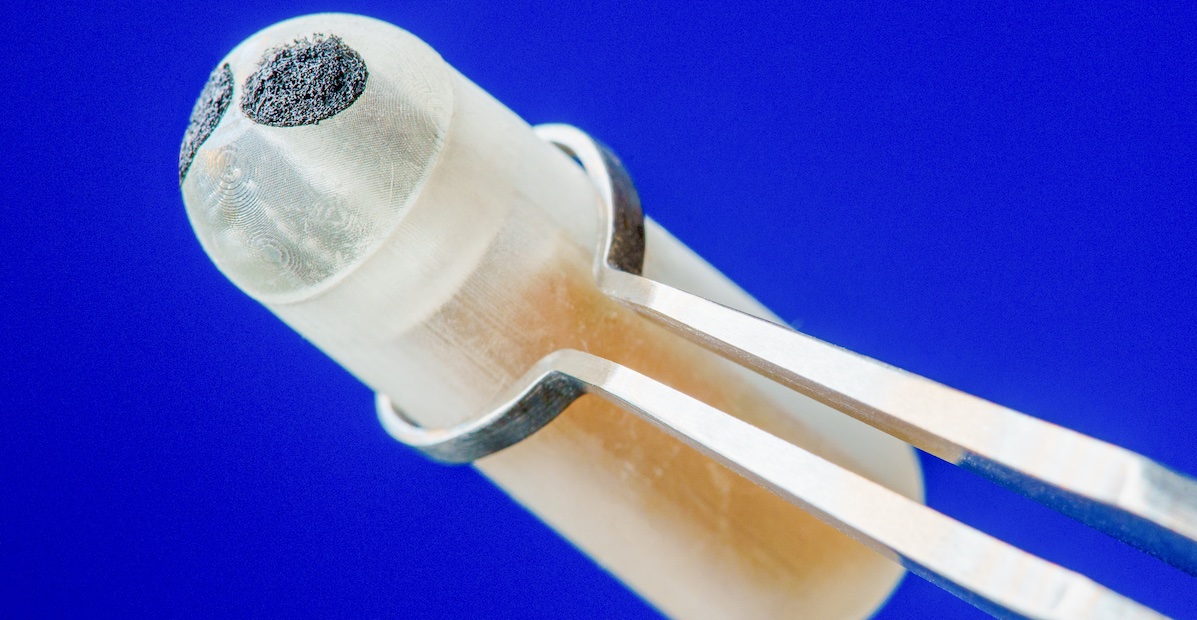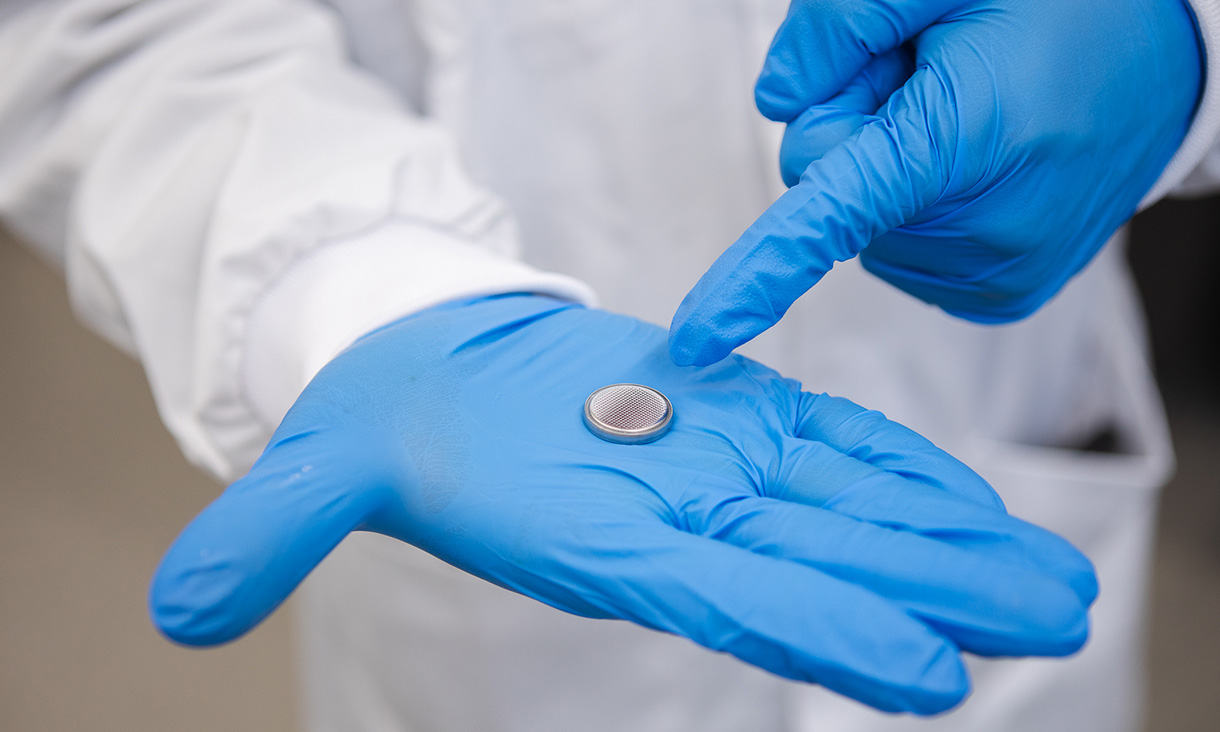For years, NASA has aspired to develop a practical laser communication system for deep space missions.
The agency has undertaken progressively ambitious tests of this technology to address the limitations imposed by the outdated 1960s-era radio systems currently in use for mission communications. Although the existing radio systems function, they suffer from incredibly slow data speeds, typically reaching around 10 Mbit/s on a good day.
NASA Breaks Communication Records: Deep Space Optical Success
NASA has achieved a groundbreaking moment in space exploration and communication technology by successfully receiving data from an unprecedented distance using laser, or optical, communications.
On November 14, NASA successfully detected a laser signal sent from the Deep Space Optical Communications (DSOC) unit on the Psyche spacecraft, positioned over 10 million miles (16 million kilometers) from Earth as it journeys toward a mysterious metal asteroid.
Psyche is currently more than 40 times farther than the distance between Earth and the Moon. The transmitted data was accurately received by the Hale Telescope at Caltech’s Palomar Observatory in San Diego County, California.
Compared to the mind-bogglingly slow radio systems operating at approximately 10 Mbit/s on a good day, DSOC demonstrates remarkable capabilities with downlink rates of up to 200 Mbit/s, and this is solely for technology testing.







